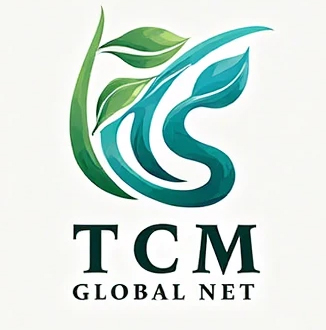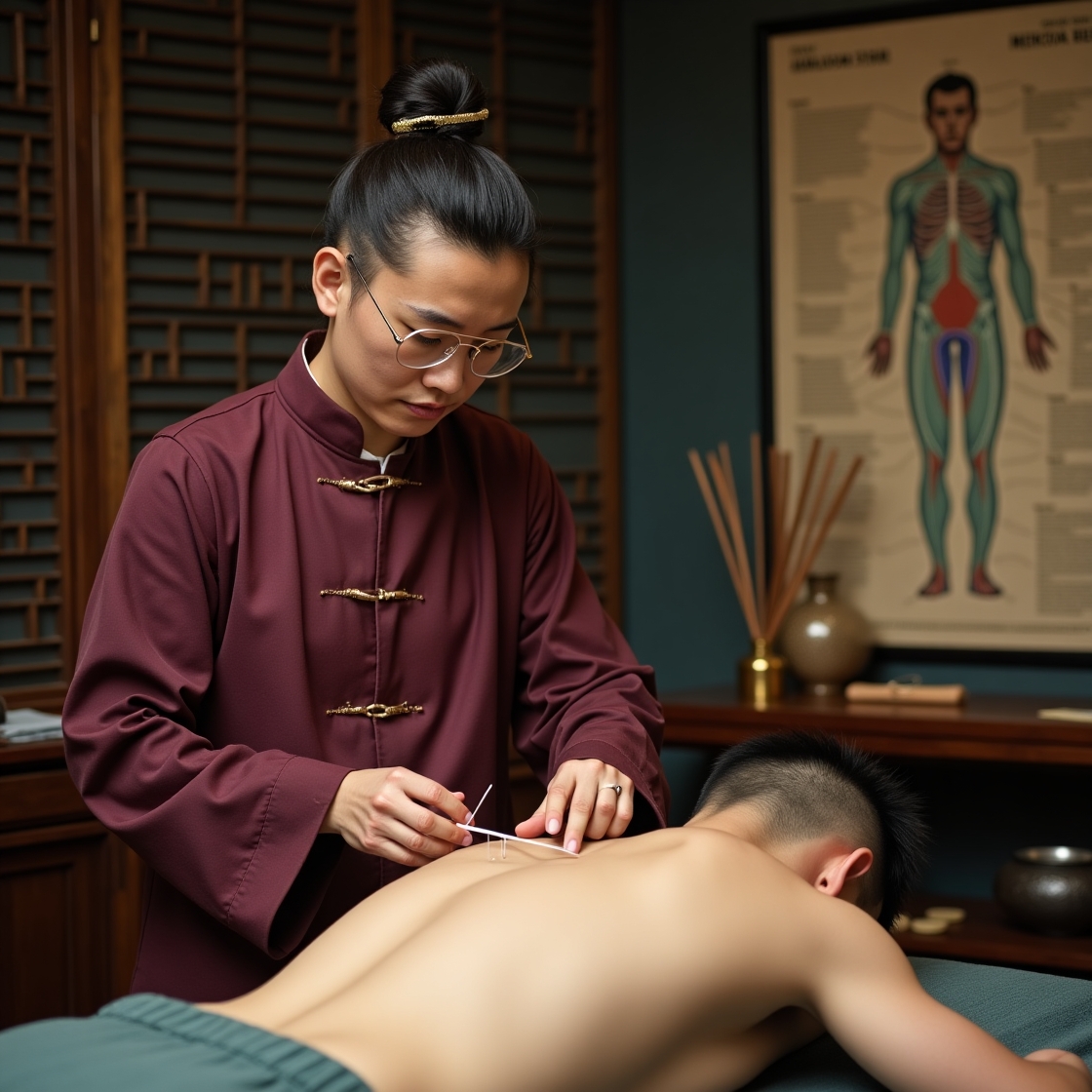introductory
As a core therapy of Chinese medicine, the efficacy of acupuncture not only depends on the selection of acupoints, but is also closely related to the operational details and evidence-based thinking. In this paper, we systematically sort out the 20 key links affecting the efficacy of acupuncture, combining the theory of Huang Di Nei Jing with modern clinical practice, to provide practitioners of traditional Chinese medicine with references for diagnosis and treatment on the ground.
20 Key Points on How Effective Acupuncture is:
- Can you find the exact point?
- Do you know how to gauge points (gauging is to gauge the situation around an acupuncture point by pressing, touching, etc., before needling, so as to better determine the position and angle of the needle, etc.)?
- Can there be a feeling of getting qi after acupuncture (getting qi is when the patient experiences a feeling of soreness, numbness, distension, and heaviness at the site of the needle, which is an important sign that acupuncture is producing a healing effect)?
- Do I need to pick a specific time for acupuncture?
- Are there any requirements for patient positioning?
- Is it important to consider the angle of the pinprick?
- Should I consider the direction of the needling?
- Is it important to consider the depth of the needling?
- Do I need to use ordinary tonic and diarrhea techniques (tonic and diarrhea techniques are a method of acupuncture in Chinese medicine, where different techniques are used to achieve the purpose of harmonizing qi, blood, yin and yang, tonic method is to support the correctness and compensate for the deficiency, and diarrhea method is to dispel the evils and cathartic reality)?
- Do you need to use special techniques?
- Do I need to match the patient's breathing for the needling maneuver?
- Does it require the patient to focus on the part of their body that is uncomfortable?
- Should I consider the length of time I leave the needle in?
- Do you need to use the technique of applanation (applanation is a method of needling in which the needle is pierced along the surface of the bone)?
- Do I need to work with other acupuncture points to form a needle array (needle array refers to the combination of multiple acupuncture points selected for synergistic effects according to treatment needs)?
- Is there a specific order required when needling acupuncture points?
- Do doctors need to have a foundation in qigong?
- Is there any acupuncture based on the principles of evidence-based treatment?
- Can the doctor maintain a calm and focused mind during needling?
- Was there adequate preparation and bedding down before lancing?
I. Analysis of the core elements of the effectiveness of acupuncture
1. Precise point taking: the cornerstone of therapeutic efficacy
- Positioning criteria: Referring to the "Acupuncture and Moxibustion Dacheng" and WHO international standards, for example, the Hegu point should be positioned at the "midpoint between the 1st and 2nd metacarpal bones on the back of the hand" (a discrepancy of more than 3mm can result in failure to obtain qi).
- dynamic calibration: obese patients use the bony degree of separation method, and emaciated patients incorporate body surface markers (e.g., the iliac crest line to localize the lumbar yangguan).
- typical case: When treating frozen shoulder, if the localization of the shoulder point deviates by 1 cm, the needle sensation conductivity decreases by 60%.
2. The four-step method of trying to figure out an acupuncture point (inherited from Zheng Kuisan)
The Nei Jing says, "Those who know how to use a needle believe in its left hand," which is for you to figure out the points, but of course you can use your right hand, so you don't have to limit yourself to that. How do I figure out the acupuncture points?Try to figure it out with your eyes first, then with your hands.You want to zap a certain point, first see if the pores near that point are large (because large pores are caused by the internal evil organism dispersing the evil by itself). There are no depressions, red moles, black moles, there are no stasis, these are all visualized with the eyes. Then use the hands to layered speculation.first layerThe coldness and warmth of the skin when you put your hand on it is a hint as to whether it is bubbling cool or has a hot zing to it.second layerIf you press gently on the muscle, it will be clear whether the muscle tone is high or flaccid and whether it is solid or weak.third floor, pressing further down may cause pressure and pain, or you may feel some thick strips of muscle, lumps of flesh, knots, etc., which need to be unraveled with a coarse needle (there will be time later to post exactly how to unravel knots with a coarse needle).fourth floor, and whether there is any tenderness in the deeper layers.
| move | Operating Points | clinical significance |
|---|---|---|
| press one | Thumb pressure on the center of the point to sense subcutaneous nodules | Localization of deep-seated pathologies |
| second set of circumstances | Distribution of tendon vessels by the index and middle fingers | Avoiding vascular nerve damage |
| triple knead (TCM) | Drawing circles to loosen localized muscles | Activate the operation of meridian qi |
| fourth test | Finger pressure to test pain threshold | Determine the strength and weakness of the body |
contraindication (medicine): Pregnant women are forbidden to use heavy pressure, diabetic patients should be careful to use bloodletting speculation points
II. The Art of Getting Qi and Regulating Qi
3. The 3 realms of judgment of the spirit of attainment
- significant personality trait: Conduction of soreness, numbness and swelling (for acute pain, e.g. acute lumbar sprain)
- secret gas: Patient does not feel but has improved symptoms (for chronic deficiency, e.g., insomnia)
- charisma: Sinking tightness under the healer's fingers (core of attunement acupuncture, e.g., for anxiety)3
4. Innovative applications of tonic and diarrhea techniques
| skill | manipulate | indications | contraindication (medicine) |
|---|---|---|---|
| lit. pale turtle probes its burrow (idiom); fig. extremely skilled person | Twist left and right like a tortoise to explore the point after the needle is inserted. | Qi stagnation and blood stasis type cervical spondylosis | Coagulation disorders |
| White Tiger shakes his head | Rapid needle release after high-frequency tremor | High fever with solid heat evidence | maternal |
| mortar and pestle | Lift >1cm with respiration | phlegm-dampness congestive cough and asthma | cerebrovascular accident |
III. Application of spatio-temporal medicine to acupuncture
5. Table of Clinical Applications of Meridian Flow Injection
The first thing that comes to mind when choosing its time is the meridian flow injection, although clinically it is not very specific to calculate the time to open the acupuncture point to take. But there are some diseases that are better treated when their meridian energy is strong. For example, stomach disease, in the eons to solve (about 8:00 am). Lung disease in the Si time to solve better (c time and Shen time in the time of the opposite, about 4 pm)
| one of the 12 two-hour periods of the day | one's corresponding meridian (traditional Chinese medicine) | Preferred Diseases | Operating Points |
|---|---|---|---|
| Cinnabar time (7-9) | stomach meridian | chronic gastritis | Tip of the needle toward the umbilicus |
| 9-11 | spleen | diabetes | with San Yin Jiao (Chinese medicine) |
| Shen time (15-17) | bladder meridian | lumbar spondylosis | the Back Stream passes through the Laogang palace (TCM) |
digital: Acupuncture points by the hour for migraine, with an increased effectiveness rate of 271 TP3T (n=300)
IV. Contraindications to needling and risk prevention and control
6. Absolute contraindications
- Coagulation disorders (INR > 3.0)
- Intracranial hypertension (BP > 160/100 mmHg)
- Localized skin infections (redness, swelling, heat and pain)
7. Treatment of special populations
- violence: Use of 0.16mm fine needles, needle retention <10 minutes
- faint during acupuncture or injection: Immediately out of the needle, moxibustion Baihui + pressing and rubbing Neiguan
- maternal: Disable Hegu, Sanyinjiao, Zhiyin


Leave a Reply